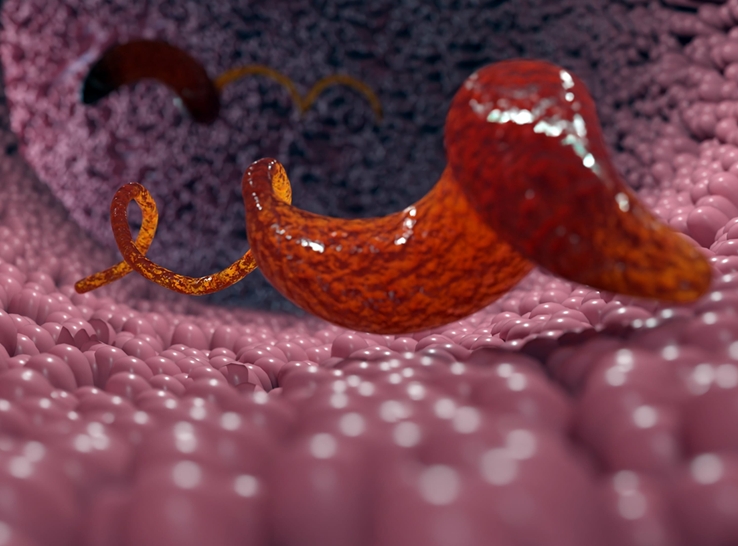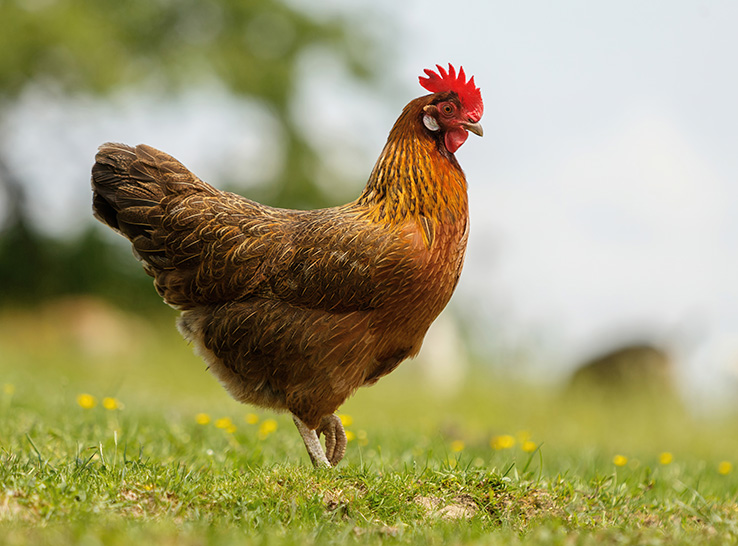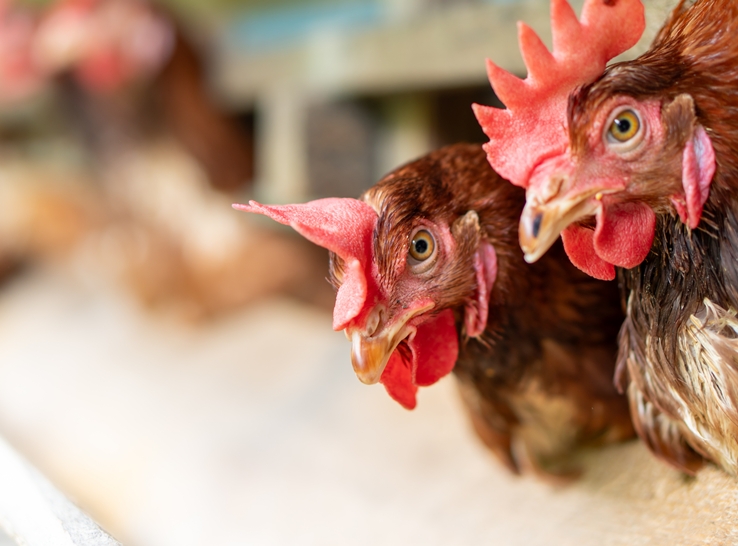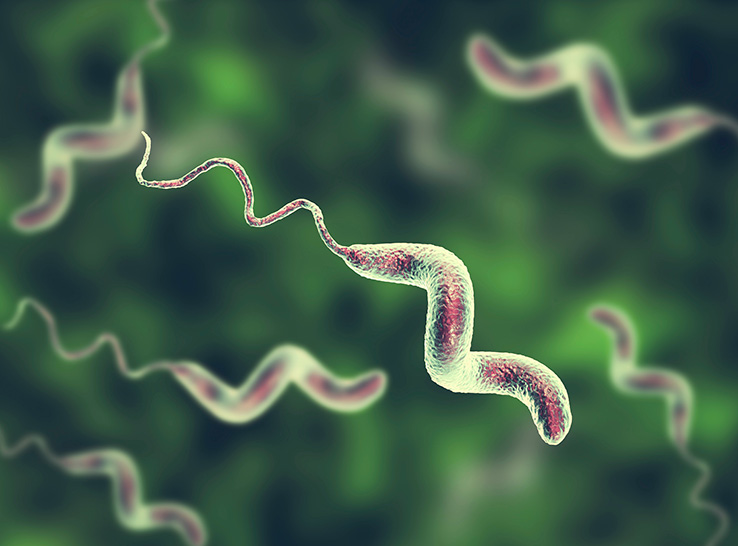The outdoor environment presents risks to pasture-raised layers that are associated with outbreaks of spotty liver disease (SLD), according to research presented at the 2023 International Poultry Scientific Forum.1
Scientists from the University of Georgia carried out a number of tests at an organic production site where the bacterium Campylobacter hepaticus, a known cause of SLD, was detected.
Through taking environmental samples, they found C. hepaticus in stagnant water and feces, which could serve as a transmission risk. Challenging specific-pathogen-free layers with the bacteria caused liver lesions consistent with infection by the pathogen.
Disease recurred with changed practices
SLD, which affects young layers and can cause significant mortality and egg-production losses, has had a resurgence in recent years as a result of changing farming practices.
“When we looked over a year ago, we had only a few farms in Georgia that had spotty liver disease, but now the numbers have increased,” said Roel Becerra, a graduate research assistant at the University of Georgia.
“When we first isolated C. hepaticus, we went to look at other farms — farms that were cage free but where the birds did not have access to outside. We were not able to see it or isolate it. Then we euthanized birds and found no liver lesions, and ran bacteriology and PCR (polymerase chain reaction), again finding nothing. So, it’s mostly an issue for free-range farms.”
In the present study, more birds were found with liver lesions characteristic of SLD than were displaying clinical signs, he said, suggesting that stressors such as excessive heat may contribute to the disease’s impact on the health of birds.
Improved treatments needed
Organic acids and oregano are approved control methods for SLD available to organic producers, but the researchers found that only the organic acids had a minor effect in reducing the effects of infection.
To further aid understanding of the bacterium, four full genomes were sequenced,2 showing similarities with C. fetus and C. bilis. However, genes associated with virulence were different in C. hepaticus compared to the other Campylobacter species, while it also has genes associated with inhibition of closely related bacteria, as well as resistance to heavy metals and antibiotics.
Free-range broiler breeder producers that have also experienced C. hepaticus issues have been able to reduce mortality and clinical signs through the use of selected antibiotics, Becerra said.
But aside from organic production, many of the layer producers in Georgia follow “no-antibiotics-ever” principles, meaning that their options to tackle SLD are limited. This makes management and biosecurity especially important, he said.
Vaccination offers a route to potential future control, but despite some producers using autogenous vaccines, there is little data currently available on their effectiveness.
Following from the initial project, the team is currently working on a model exploring how wild birds could contribute to the spread of C. hepaticus, as well as assays testing different treatment options.
1 Logue CM, Becerra R, Lenes-Lima J. Campylobacter hepaticus in Georgia layers – what have we learned so far. International Poultry Scientific Forum, 2023, Atlanta, USA.
2 Becerra R, Lenes-Lima J, Nicholds J, Logue CM. Complete genome sequence of campylobacter hepaticus RBCL71delta, associated with spotty liver disease in organic pasture-raised laying hens in Georgia, USA. Microbiol Resour Announc. American Society for Microbiology, 2023.







